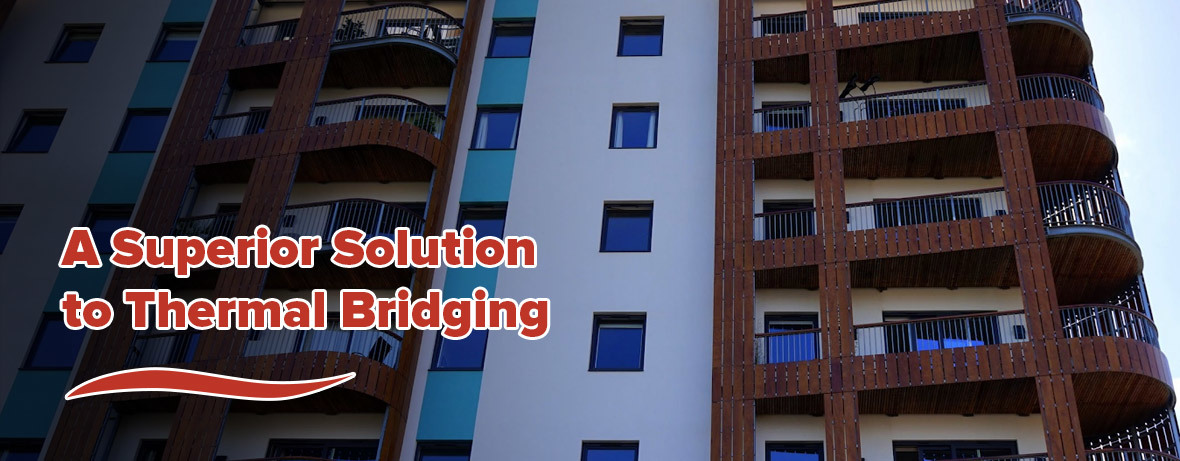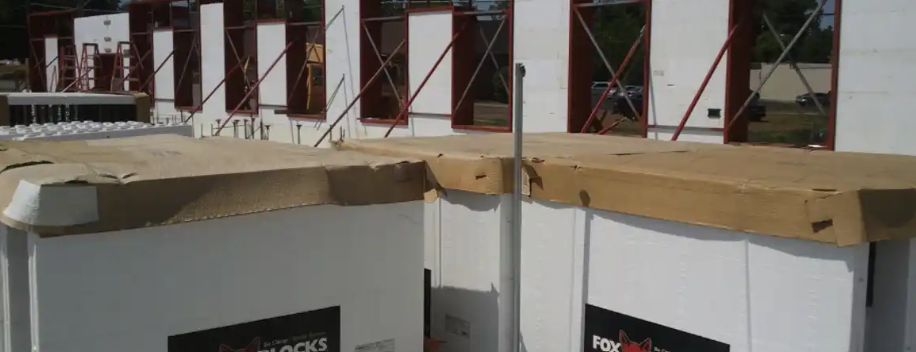
ZERO PLACE
A Zero-Energy Living Concept for a Brighter and Greener Future. Zero Place is a groundbreaking development boasting zero-energy living in its four-story mixed-use building with 46 multi-family units and 8,400 square feet of retail space.

Florida ICF Homes are Energy-Efficient, Storm-Proof, and Durable

Working With an Architect: A Homeowner's Guide to Designing a New House
This guide will help you navigate through the process of hiring and working with an architect to successfully design and build the home of your dreams.

Exterior Wall Thickness: How Thick Should Your Walls Be?
The exterior wall thickness of a home significantly impacts the house’s energy efficiency, disaster resistance, and IEQ. Learn how thick exterior walls should be.

PHNX1/PALOS RESIDENCE
First Type II Non-Combustible, Net-Zero Home in the U.S. This home was designed, built and completed in less than 21 months with the same cost as a traditional build.

A Roadmap for Realtor Education: Adapting for Climate Change

Understanding the Construction Process for an ICF Home Addition
ICFs and Severe Weather
The steel reinforced concrete, which can cure stronger than normal concrete because of the foam insulation, can withstand winds of over 200 MPH, and projectile debris traveling over 100 MPH. There are dozens of eye witness examples of ICF homes taking EF5 tornadoes head on with the walls still standing.

A Superior Solution to Thermal Bridging

Metal Studs vs Wood Studs Price: Why ICF Provides a Better Long-Term Value